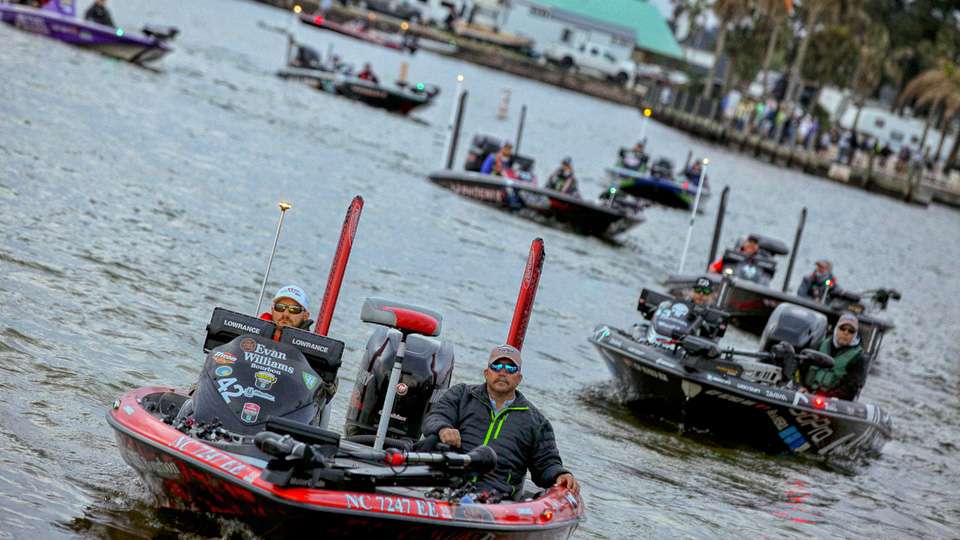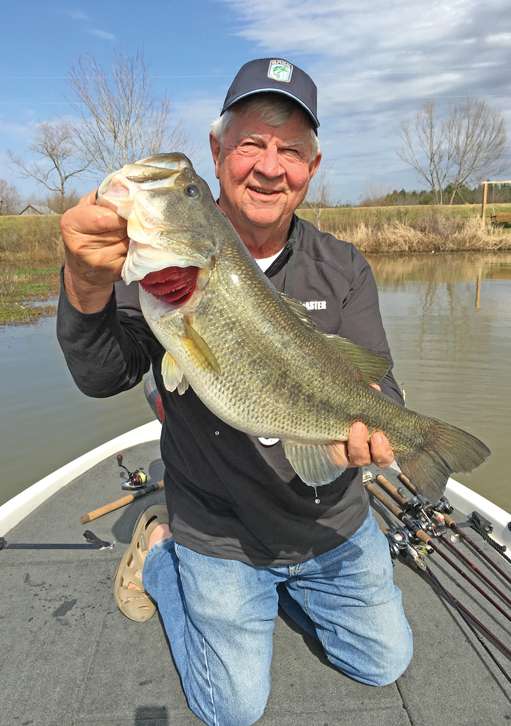
Admittedly I was taken aback to learn that tournaments were scheduled on Lake Conroe during Bassmaster Classic week.
Of course, those who held the events on Friday and Sunday of that week had every right to do so. I’m not sure I understand their motivation, but I certainly can’t fault them for using a public resource like Lake Conroe.
Still, it was tempting to blame fishing pressure for Conroe’s failure to live up to its billing.
The 21,000-acre impoundment of the San Jacinto River is a jewel, and it’s home to some giant largemouth bass, thanks to thoughtful management by the Texas Parks and Wildlife Department.
I was convinced we’d see several bass over 10 pounds, but none topped Brent Ehrler’s 9-pound, 12-ounce largemouth. I knew it was a huge long shot, but I even had hopes that a 13-pound Toyota ShareLunker bass would be hauled up on stage at Minute Maid Park.
Much more likely, I thought, Kevin VanDam’s record winning weight of 69-11 in the 2011 Classic would be broken. Instead, Jordan Lee was able to hoist the Classic trophy on the strength of 12 bass weighing 56-10.
New Jersey’s Michael Iaconelli, who finished sixth in the Classic, wasn’t surprised by the tough fishing.
“There was a lot of pressure leading up to this event, and it took its toll,” he said during the final press conference March 26. “I was keeping tabs on it, and every week there was a Saturday tournament, a Sunday tournament, a Tuesday nighter and a Wednesday nighter.
“At some point, those fish get real conditioned. I think there was extra excitement leading up to the Classic so there were even more derbies than normal.”
Maybe we shouldn’t be so quick to blame tournament anglers. Much of that competition came from the recreational crowd.
B.A.S.S. Conservation Director Gene Gilliland cites a Texas A&M University study showing that tournament anglers, including those who fish just one event a year, account for less than 25 percent of fishing license sales in Texas.
“In the broader sense, tournament anglers make up a fairly small minority in total number of license buyers. But they’re organized and visible, and they get noticed,” he said. “When things go wrong, when the boat ramp is crowded and a guy who wants to go crappie fishing can’t get to the water, or fishing is just bad for whatever reason, tournaments tend to get the blame.”
In fact, fishing pressure is only one of several factors leading to Conroe’s failure to live up to its hype. Weather was a major contributor.
“We had 30 mile-per-hour winds the first day and then we had a bluebird day the second day,” complained Steve Kennedy, who brought in 55-1 for second place and $50,000. “The weather played a big role in this.”
“We had a really weird winter and early spring in Oklahoma and Texas this year,” noted Gilliland, a former assistant chief of fisheries in Oklahoma. “It got really warm early, and it stayed that way.”
James Elam, who finished fourth with 50-4, noticed that, too. “The fish didn’t have a cold winter — they’ve been up shallow the whole time.” In warmer weather, more people were out on the lake, and those shallow-holding bass were more vulnerable to fishing pressure.
Those familiar with the lake said the results would have been far different — far better — had the Classic been held three weeks earlier.
Instead of regretting what might have been, however, we ought to celebrate what was.
Fishing actually was fairly good, comparing favorably to the last two Classics. Total weight was higher on Conroe than on Grand Lake O’ the Cherokees, Oklahoma, last year, and Lake Hartwell, South Carolina, in 2015. Bass were heavier, on average, at Conroe than the other lakes, and competitors caught more five-bass limits this year than last, even though the field was smaller and the size limit was longer.
The takeaway for me is that Lake Conroe is a darn good fishery for one lying in the shadow of America’s fourth-largest city.
We bass fishermen tend to love our lakes to death. The fact that it hasn’t happened to Conroe is a testament to those who manage the fishery and to the anglers they serve.

